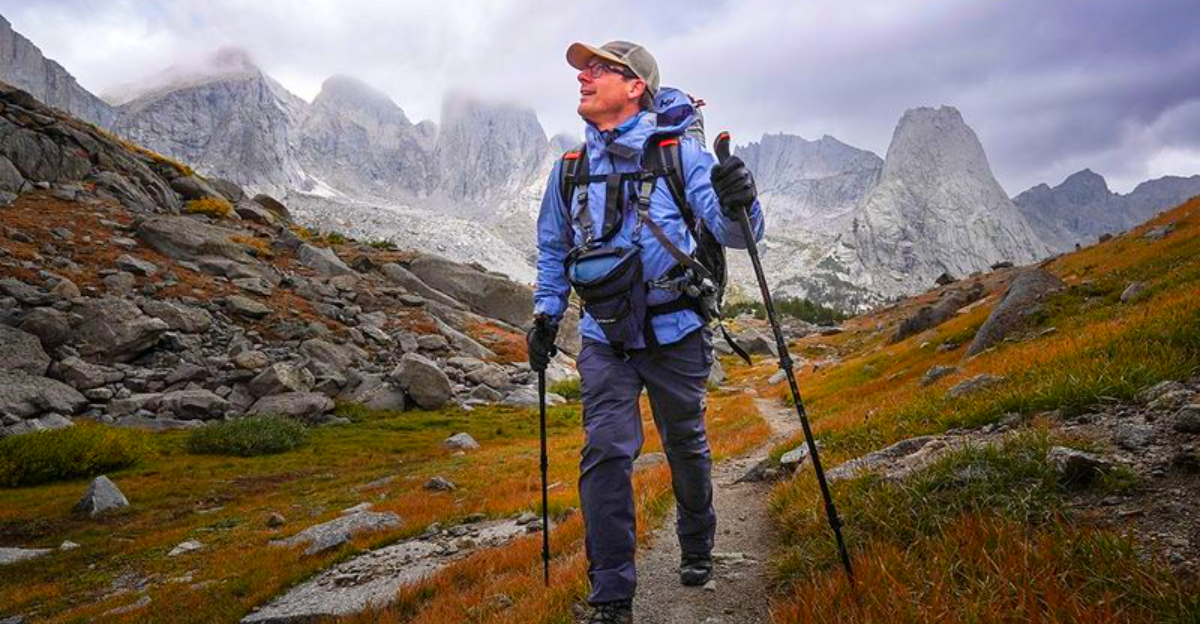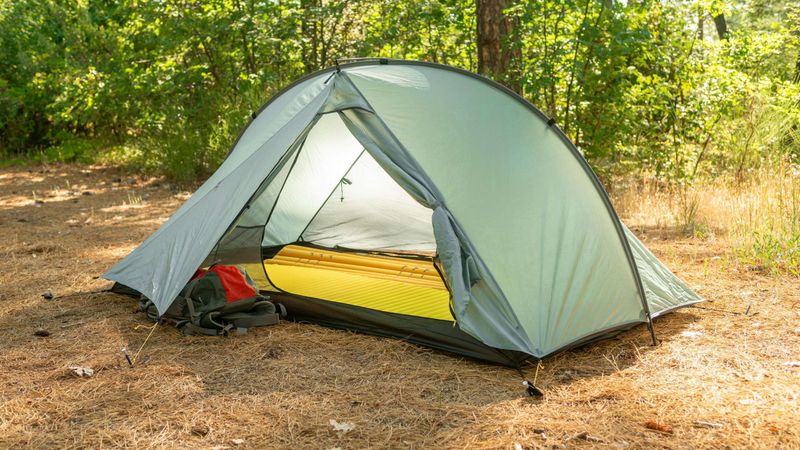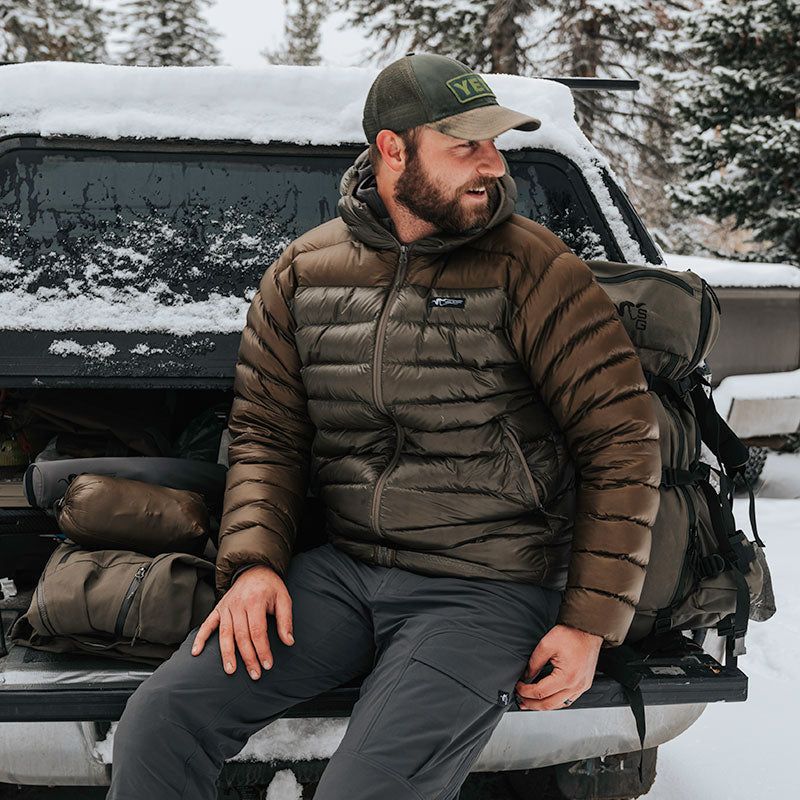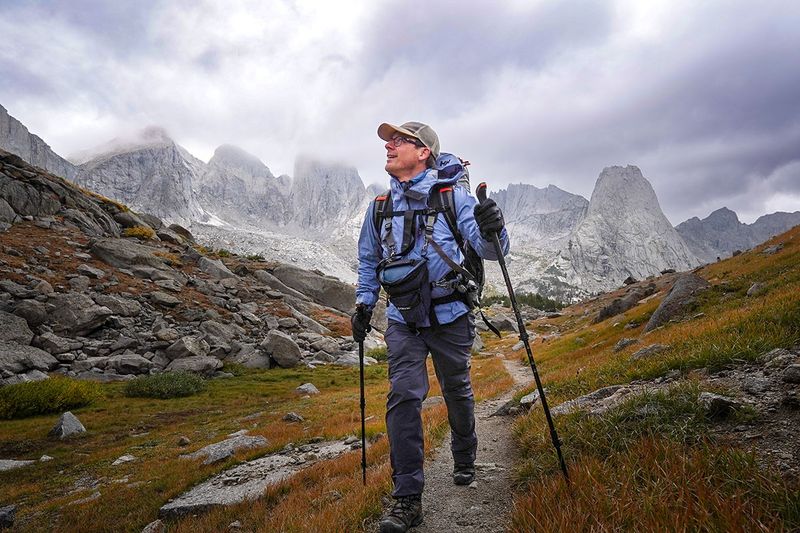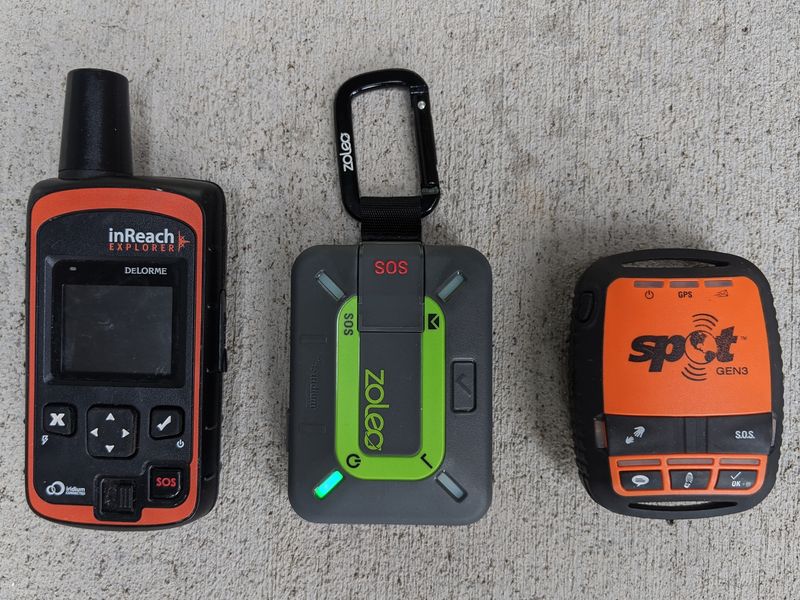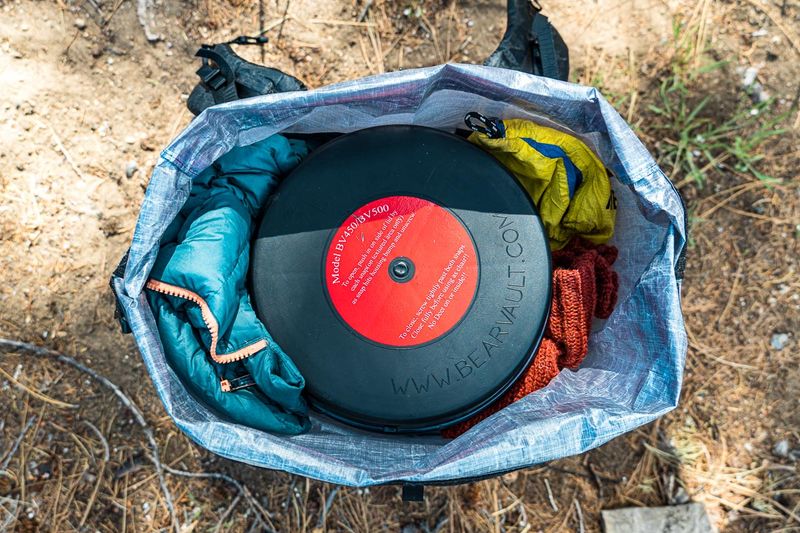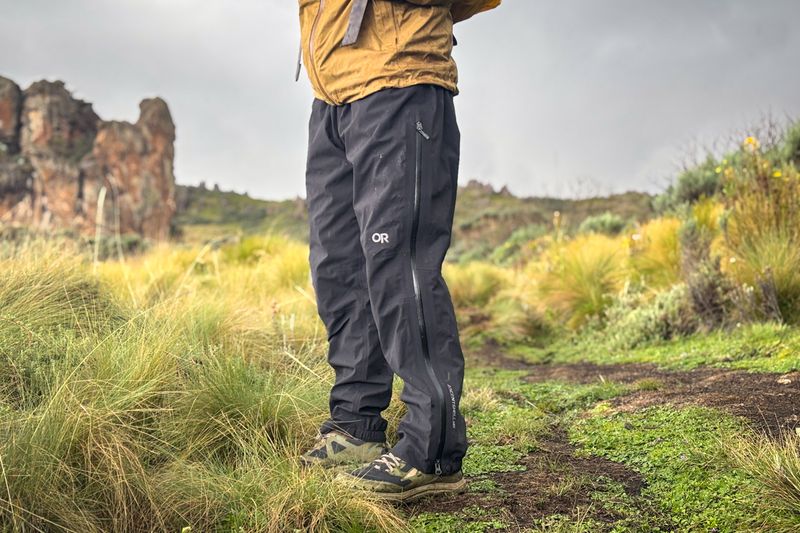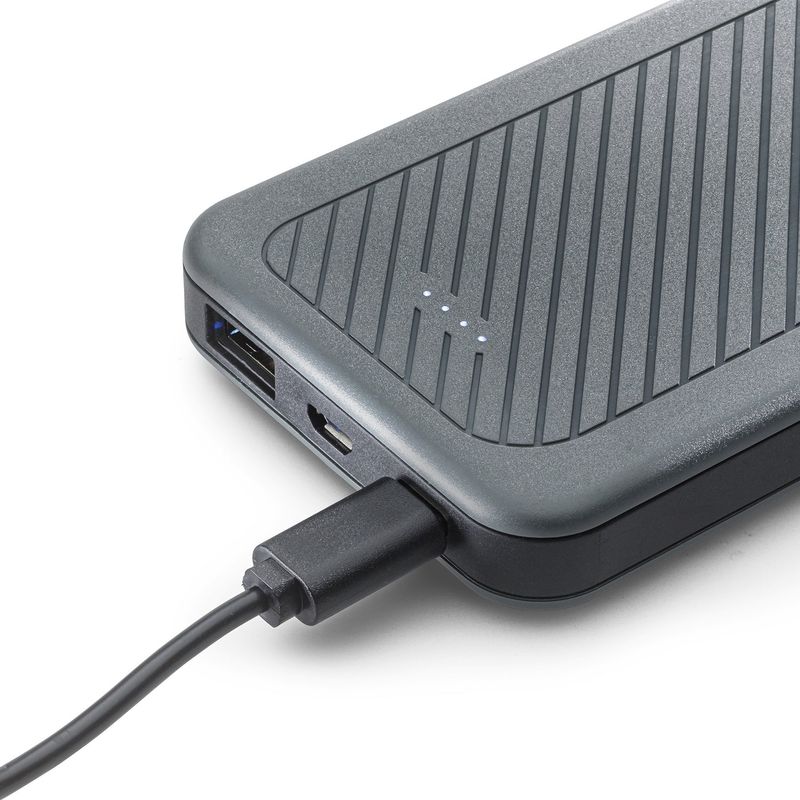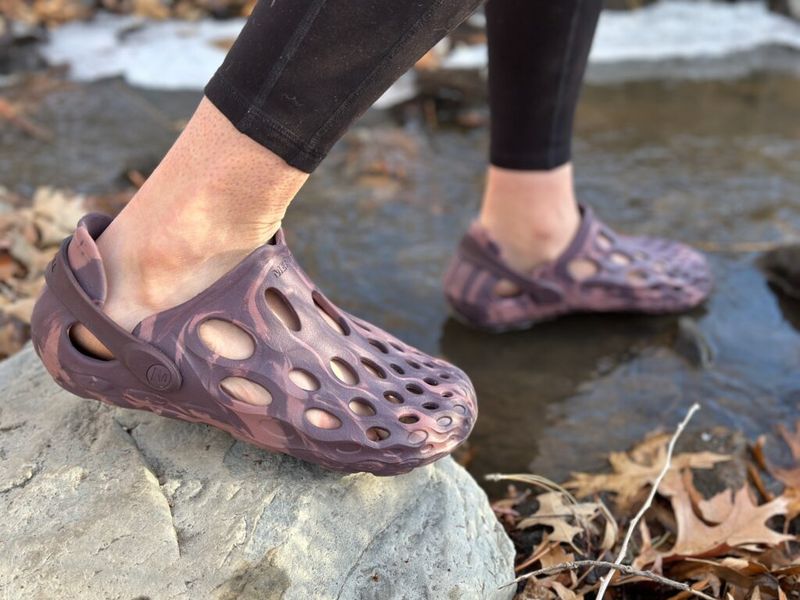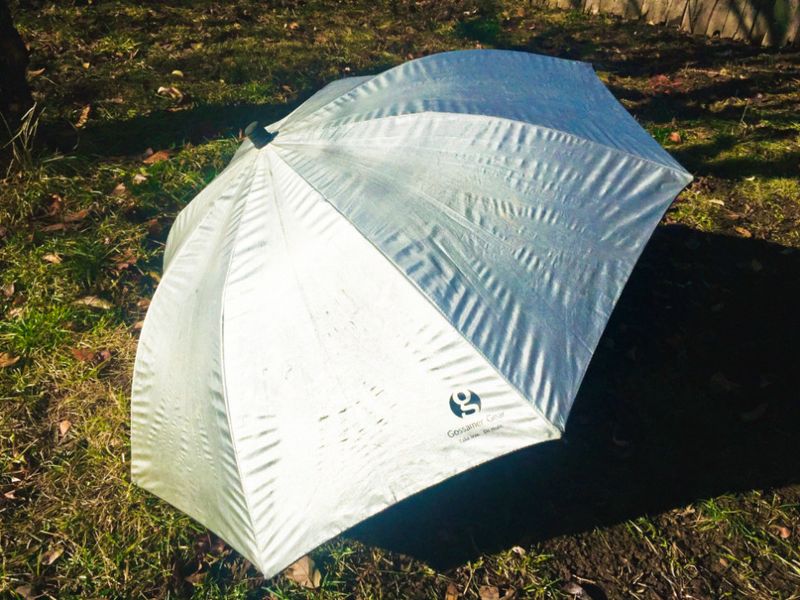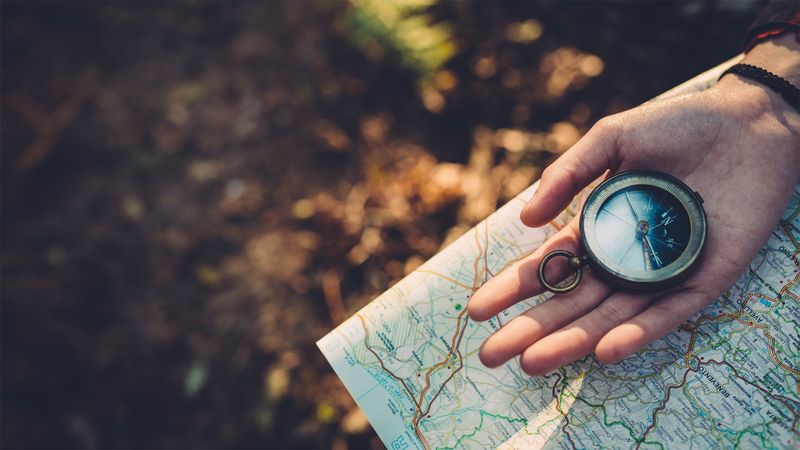Every backpacker knows the struggle: you want to be comfortable on the trail, but every ounce counts. Some gear upgrades, though, are so valuable that carrying a bit more weight is totally worth it. Whether you’re dealing with cold nights, surprise storms, or just tired feet at camp, the right equipment can transform your trip from “just surviving” to truly enjoying the outdoors.
1. A truly weatherproof shelter (full-coverage fly + dependable poles)
Nothing ruins a backcountry trip faster than waking up soaked at 2 a.m. A tent with a full-coverage fly and solid pole geometry keeps you dry even when storms roll in unexpectedly. Better protection means you can enter and exit without letting rain drench your sleeping bag or gear.
Modern two-person tents weigh between 2.5 and 4.0 pounds, which is reasonable for the peace of mind they deliver. Look for a fly that reaches close to the ground and poles designed to resist wind gusts. When the weather turns nasty, you’ll be glad you carried those extra ounces instead of shivering under a flimsy tarp that flaps all night long.
2. Sleeping pad with higher R-value (3.0+ for three-season)
Cold ground steals your body heat faster than chilly air does. An insulated sleeping pad with an R-value of 3.0 or higher provides real warmth that helps you sleep soundly through shoulder-season nights. Many backpackers find that upgrading their pad improves comfort more than adding another jacket.
These pads typically weigh 14 to 25 ounces, a fair trade for waking up refreshed instead of stiff and shivering. If you camp near freezing temperatures regularly, aim for an R-value of 4.5 or higher. Your body will thank you after a full night of deep, warm rest instead of tossing and turning on frozen ground.
3. Pillow you’ll actually love (inflatable or hybrid)
Stuffing your jacket into a sack might sound clever, but it rarely stays put or supports your neck properly. A real camping pillow weighs just 1.6 to 3.0 ounces yet delivers dramatically better sleep quality. Waking up without a stiff neck makes every mile of the next day easier.
Look for a pillow with grippy fabric or a built-in case so it doesn’t slide around all night. Adjustable height lets you fine-tune the loft to match your sleeping style. After one night of truly restful sleep, you’ll wonder why you waited so long to add this tiny luxury to your pack.
4. Down or synthetic puffy with real loft (and a hood)
A puffy jacket with genuine loft and a hood transforms cold camp evenings from miserable to cozy. This isn’t about staying warm while hiking; it’s about feeling toasty when you stop moving. Whether you’re cooking dinner or stargazing, a quality insulated layer extends your comfort range significantly.
Expect to carry 9 to 15 ounces for a jacket with enough fill to keep you warm at rest. The hood is crucial because it traps heat around your head and neck, where you lose warmth fastest. Choose a puffy that feels genuinely warm when you’re standing still, not just barely adequate while you’re generating body heat on the trail.
5. Trekking poles you’ll actually use (adjustable, reliable locks)
Your knees take a beating on long descents, especially with a loaded pack. Quality trekking poles with reliable locks reduce impact on joints and add stability on slick rocks or stream crossings. They also serve double duty by helping pitch certain ultralight shelters.
A solid pair weighs 12 to 18 ounces combined, and the right locks make all the difference. Flick-style mechanisms you can trust won’t collapse under pressure, and comfortable grips prevent blisters during all-day use. Once you experience how much easier steep downhills become with poles absorbing some of the shock, you’ll never hike without them again.
6. Proven water treatment (squeeze filter or pump + backup tabs)
Staying hydrated is easier when your water treatment system is fast and convenient. A squeeze filter or reliable pump lets you fill up quickly from streams and lakes, encouraging you to drink more throughout the day. Feeling good on the trail often comes down to proper hydration.
Filters weigh anywhere from 2 to 10 ounces, and carrying backup purification tablets adds almost no weight. Choose a filter that threads onto standard water bottles and handles murky sources without clogging immediately. Faster, simpler water access means you’ll actually stop to refill instead of rationing your supply until you’re parched and sluggish.
7. Satellite communicator (two-way SOS + messaging)
Cell service disappears fast once you leave trailheads behind. A satellite communicator provides two-way messaging, weather updates, and emergency SOS capability when phones become useless. It’s redundancy that could save your trip or even your life.
These devices weigh just 3.5 to 5 ounces, a small price for serious peace of mind. Two-way messaging lets loved ones know you’re safe, and shared tracking allows friends to follow your progress. Before you buy, confirm the subscription costs fit your budget and usage patterns. When you’re deep in the backcountry and need help or just want to check in, this little gadget becomes priceless.
8. Bear canister or approved hard-sided storage (where required)
In many wilderness areas, bear canisters aren’t optional; they’re the law. Beyond compliance, they protect wildlife from human food and let you sleep soundly instead of worrying about midnight visitors. No more struggling with rope throws or wondering if your food hang is secure.
Canisters weigh 2 to 2.6 pounds, which sounds heavy until you consider the alternative stress. Pick the smallest approved size that fits your trip length and daily calorie needs. While they take up pack space, the trade-off is worth it for legal peace of mind and wildlife conservation. Plus, they double as camp stools in a pinch.
9. Real rain protection (3-layer jacket + full-zip pants or kilt)
Getting caught in an all-day storm tests your gear like nothing else. Breathable three-layer rain fabrics manage sweat while keeping you dry, and full-zip pants let you vent or remove layers without taking off your boots. Pit zips and a helmet-compatible hood add versatility when weather turns serious.
A jacket runs 10 to 16 ounces, with pants adding another 6 to 10 ounces. Durable face fabric resists abrasion from pack straps and bushwhacking. When rain hammers down for hours, proper protection keeps your insulation dry and your morale high instead of leaving you soaked, cold, and miserable miles from the trailhead.
10. Power bank with honest capacity + fast charging cable
Your phone doubles as your map, camera, and emergency lifeline on multi-day trips. A quality power bank with true 10,000 mAh capacity keeps all your electronics alive when you’re far from outlets. Fast charging via Power Delivery support means less waiting around at camp.
Expect to carry 5 to 6.5 ounces for reliable capacity. Pair it with a short, durable cable you won’t constantly misplace. Beyond your phone, a power bank can recharge your headlamp and satellite communicator, ensuring critical devices stay functional. Dead batteries have ended too many trips early; this upgrade prevents that frustration completely.
11. Headlamp with regulated output (and lockout)
Cheap headlamps dim as batteries drain, leaving you stumbling in fading light. Regulated output maintains consistent brightness for safe night hiking, while a lockout mode prevents accidental turn-ons that waste power in your pack. A true low mode around 1 to 2 lumens preserves night vision at camp.
Quality headlamps weigh 2 to 3.5 ounces and offer USB recharging convenience. Look for at least 300 lumens on high for trail navigation and obstacle spotting. When you need reliable light for predawn starts or after-dark camp chores, a dependable headlamp becomes one of your most-used pieces of gear. Stumbling around with dying batteries is no fun.
12. Camp shoes that earn their keep (ultralight clogs/sandals)
After hours in hiking boots, your feet crave freedom. Ultralight camp shoes provide instant relief while doubling as creek-crossing footwear and late-night bathroom trip protection. They prevent you from soaking your boots every time you need to wade through water.
A pair weighs 4.5 to 10 ounces, depending on style and size. Look for drainage features and a secure fit so they stay on during fords. Slipping into camp shoes at the end of a long day feels amazing, and your feet recover faster when they can breathe. They’re also handy for quick trips outside the tent without lacing up boots in the dark.
13. Sun/bug umbrella or modular bug shirt
Exposed ridgelines and peak mosquito season can make hiking miserable without proper protection. A reflective umbrella provides instant shade that lowers your body temperature, while a bug shirt offers relief without constantly reapplying repellent. Both options transform uncomfortable situations into manageable ones.
An umbrella weighs 7 to 9 ounces; a bug shirt runs 3 to 5 ounces. Choose a reflective canopy if heat is your main concern, or fine mesh if bugs are the bigger problem. When the sun beats down relentlessly or mosquitoes swarm, these upgrades let you keep moving comfortably instead of suffering through every mile or hiding in your tent.
14. Small repair & first-aid kit you actually tailor
Gear fails at the worst possible moments, and minor injuries can end trips if you’re unprepared. A tailored kit with duct tape, zip ties, needle and thread, blister care, and your personal medications fixes problems before they force an early exit. Patching a sleeping pad puncture or securing a broken strap keeps you on the trail.
Kits weigh 3.5 to 7 ounces depending on group size and trip length. Skip the generic store kits and build one that matches your actual needs and common issues. When something breaks or someone gets hurt, having the right supplies turns a potential disaster into a quick fix and a good story later.
15. Paper map + compass (even if you navigate by phone)
Electronics fail, batteries die, and screens crack on rocks. A paper map and compass provide offline redundancy when technology lets you down, and they’re excellent for big-picture route planning at camp. Knowing how to use them adds a valuable safety layer.
Together they weigh 3 to 5 ounces, especially with a waterproof case or laminated maps. Practice basic compass skills before you need them in an emergency. While phones are convenient for navigation, having a backup ensures you can always find your way home. Plus, spreading out a map at camp to plan tomorrow’s route feels satisfying in a way that scrolling a screen never does.
